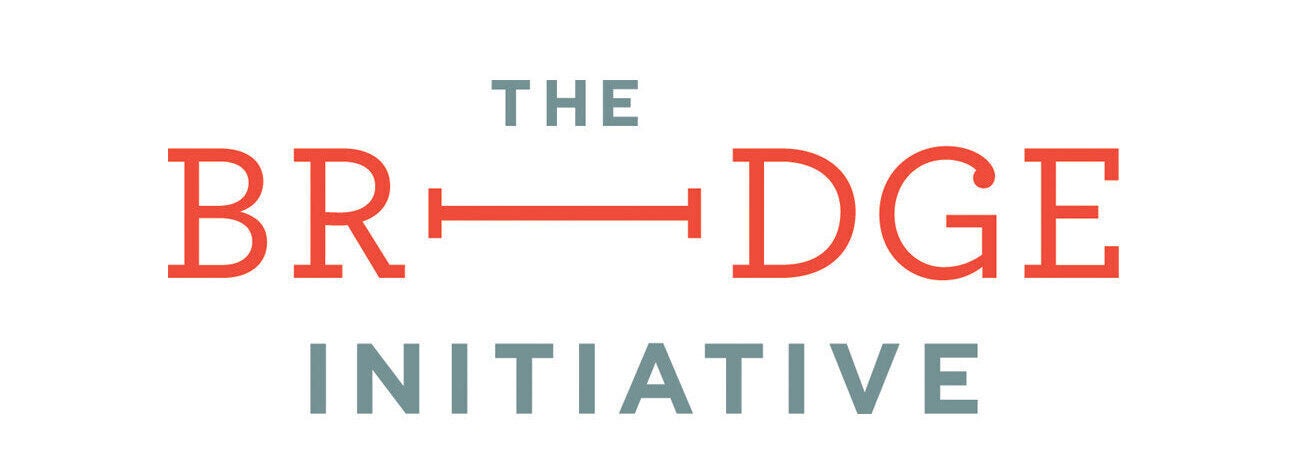
[Askin Kiyagan/Anadolu Agency/Getty Images]
Austria’s Islamophobia and the construction of the authoritarian state
Many people reacted with outrage when the current Austrian Minister of Interior Herbert Kickl, who is a staunch right-wing ideologue, proclaimed that “the law has to follow politics.” A legitimate outcry lamented that this ideologeme was central to fascist thought, where the leader, who speaks in the name of the Volk, defines what is right and what is wrong, beyond any checks and balances, no rule of law and no protection of the people from the politicians.
But most interestingly, once such a proclamation is made true, there is nearly no reaction. Gone are the social critiques, the political opposition and investigative journalists. And there is an obvious reason for this. The current Austrian government, which is led by a coalition made out of the right-wing Freedom Party (FPÖ) and the Christian-democratic People’s Party (ÖVP), has chosen those legislations that are least contested in the public sphere.
The Austrian government, which has already implemented a hijab ban for children in kindergarten last year, has now extended this ban to primary school. On May 15, the national parliament voted for a ban in primary school. Pupils up to 10 years old shall be forbidden to cover their hair with a hijab.
Obviously, this restriction to religious freedom has to be harmonized with a basic human right that is enshrined in the Austrian constitution. This was already problematic with the hijab ban for the kindergarten. The government realized that if it outlaws the wearing of religious garments, then also Jews could be concerned, which would be a disaster for a government that tries to appease the Israeli government albeit the central role held by the FPÖ, a party that was founded by ex-Nazis for ex-Nazis, and whose members still have strong links to the neo-Nazi ideology.
Hence, it reformulated the legislative text and spoke about banning those head-coverings that cover most of the hair, not some of it like the Jewish kippah. The fact that Sikhs were also affected was not taken into consideration. But with the new law that is currently in process, even the Sikhs have been exempted from the regulation, with a text stating that if the ears are also covered, such a garment is outlawed. In order to be able to implement a law that could potentially collide with basic human rights and laws that are enshrined in the constitution, the government would have had to mobilize a two-thirds majority in parliament, which was not possible.
In order to argue that this was not colliding with the right of religious freedom, Islamophobia “experts” and the usual suspects on behalf of Muslims were invited to support the government’s claim that wearing the hijab was no religious obligation, while the kippah and the turban were and had hence to be excluded from this ban. Most interesting is that the Islamic Religious Authority in Austria, which is the legal body representing Muslims in the Austrian political system, was not involved in the decision-making process, which is another example of how this government excludes long-established interest groups, who used to be part of these political processes in the past.
Another interesting aspect of this initiative by the government is that this new act is said to achieve the goal of “social integration of children, local customs and mores, constitutional basic rights and goals of the federal constitution as well as the equality of men and women.” This formulation is astonishing in many ways. First, the wording “local customs and mores” is a completely new invention. Hence, it is not defined but represents an identitarian ideologeme, which seems to work more as an institutionalization of an ideology itself. One can argue that it is a step in the direction away from a democratic state to an ideological state. It can also be read as a new method for possibly silencing opposition, which might oppose the current government’s interpretation of “local customs and mores.”
Second, the wording of “social integration of children, local customs and mores” even precedes the reference to the constitution. Also, the formulation of the “basic rights of the federal constitution” is a newly introduced idea, lacking any decided upon and clear meaning. And also “social integration” is no legal notion, but rather a way to otherize Muslims and other groups in the public discourse. What we can hence see is a way to legitimize new legislation based not on founded constitutional or legal principles, but rather based on ideological considerations introduced by an identitarian regime that thus tries to legitimate its exclusionary policies.
While the government was clever enough to introduce legislation that will meet the least opposition, the larger picture of this hijab ban reveals the structural alteration of the state in the hands of this new government. The rule of law, freedom of religion as a human right, are thrust aside. Meanwhile, the new state is transformed into an ideological state that defends identitarian ideology that draws on newly introduced notions in a legal vocabulary such as integration or local customs and mores.

 Search
Search